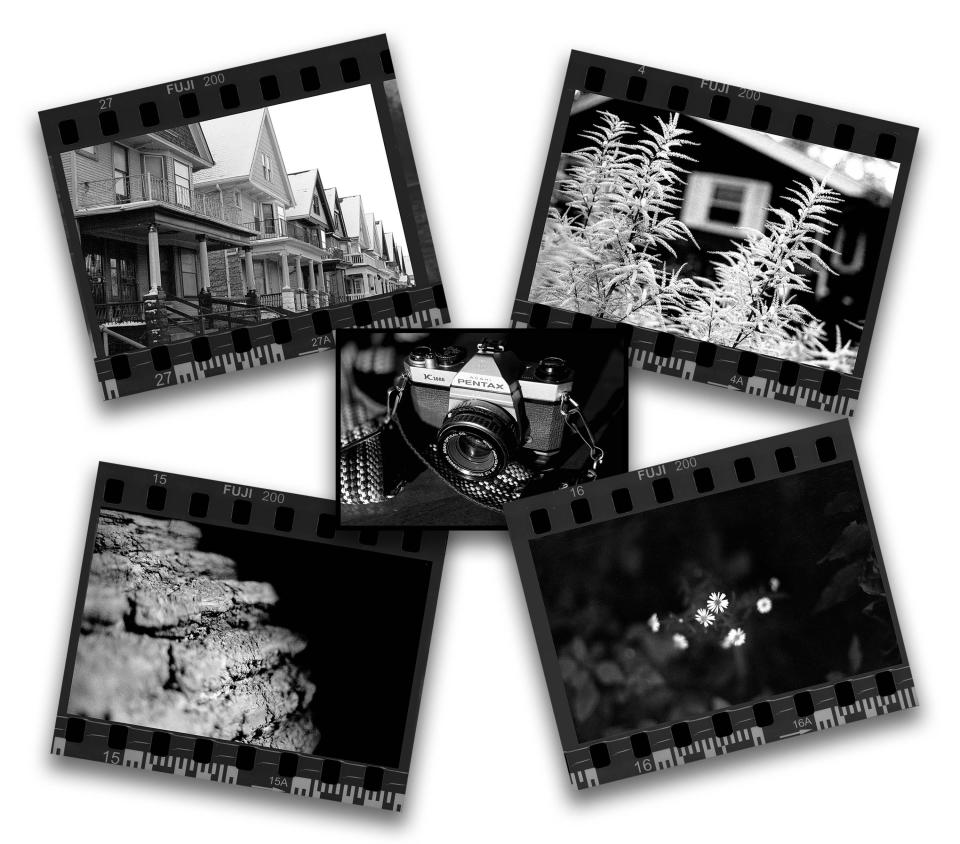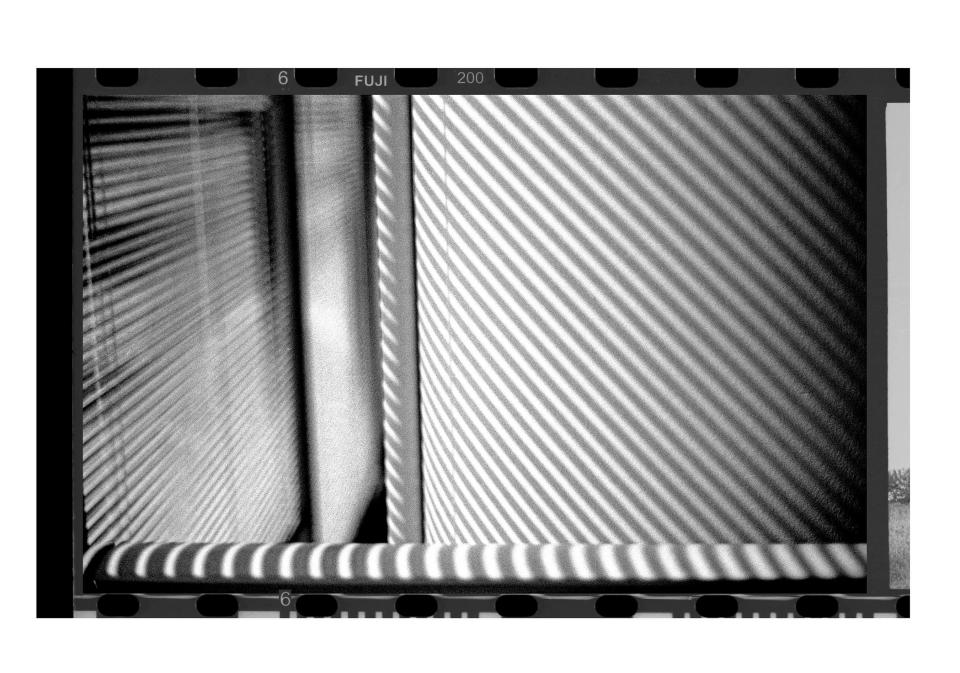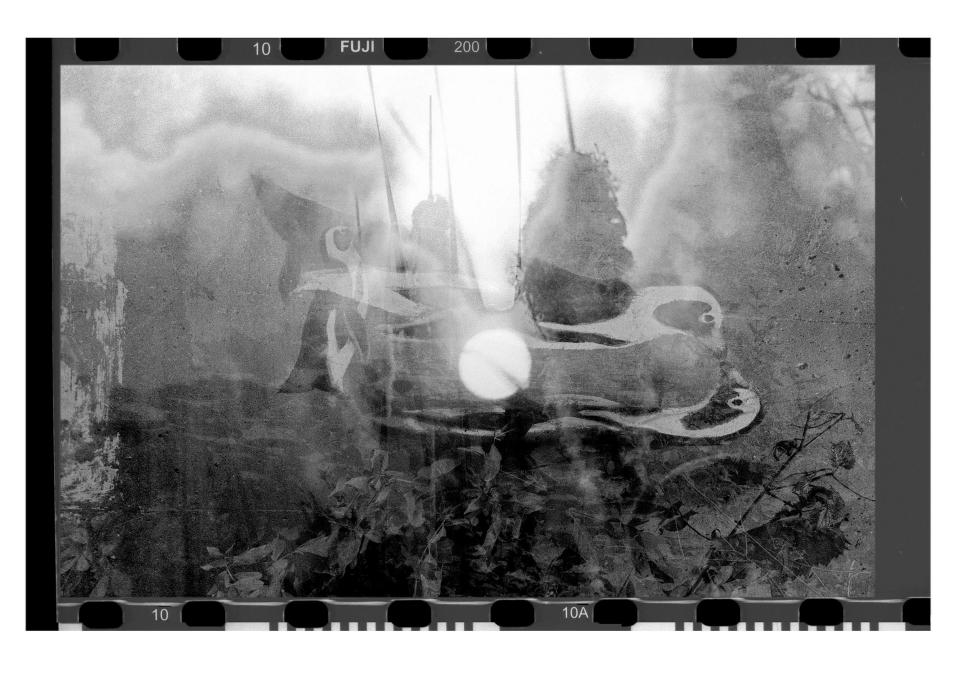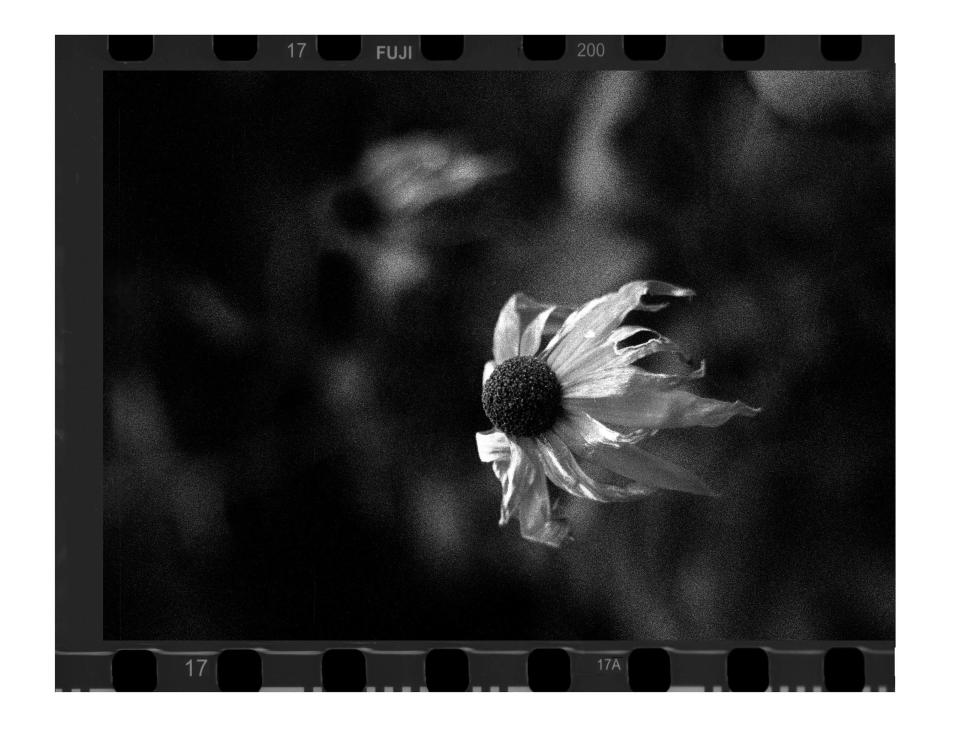What photographer Mike De Sisti learned shooting his first roll of film in 20 years
It all blurs together.
Sure, huge news stories stand out over the years. But as a photojournalist at a daily newspaper for 25 years, I've taken millions of photos. It's true! (Thank my editor for making me do the math on that one.) Depending on the assignment, I may take more than 1,000 photos in a single afternoon.
The memories of capturing, developing and editing these moments are murky.
But loading the first roll of film in my Pentax K1000 that my cousin passed down to me nearly four decades ago feels like yesterday.
Hardly 16 years old, I got behind the wheel of my 1976 Chevy Chevette and headed for Hayswood Nature Reserve in Corydon, Indiana, where I was visiting my grandmother.
This camera was all manual. No screen on the back to show the photo I just missed. No motor drives, autofocus or program modes. No batteries besides the little quarter-sized 1.5 volt that powers the light meter needle inside the viewfinder pointing to a plus and minus sign. If it points to the plus, my photo's gonna be too bright. To the minus, it’ll be too dark. Simple stuff for simple times.
I took photos of spring flowers, leaves and tree branches. The results weren't as memorable as the experience of looking through the lens, manually adjusting the focus ring, and seeing the world in a way I hadn’t seen before. A world I had to show other people, which is what I’ve been doing ever since.
Film was with me when I graduated high school. I used film to get a job at my college newspaper. Film saw me buy my first house, get my first job and get married.
But I think the last roll of 35mm film I shot was around the year 2000 when the newspaper I was working at, the Appleton Post Crescent, switched to digital Nikon cameras.
Long before then, I'd traded in that first Pentax K1000 camera for a newer model. It’s one of the many stupid decisions I made in college. And this one wasn’t even alcohol-related, I don’t think.
I was recently preparing to talk to a group about photojournalism, and when it came to the “how it all started" part, the photo of that first camera I'd put in my Powerpoint made me pause. Maybe it's just my age and the need to be nostalgic, or my desire to find hobbies that don’t involve looking at pixels, but something inside me wanted to click the K1000 shutter again.
I went to Crivello's Camera in Brookfield and forked over $120 for a gently used Pentax K1000 with a fixed (no zooming in or out) 50mm (f/1.4) lens and a few rolls of film.
Making each photo count

The whole roll of film I wound in my new-to-me K1000 had 36 exposures. My work camera at the Milwaukee Journal Sentinel, a Sony mirrorless A1, takes up to 30 photos in one second. Think about that!
On a typical photo assignment for work I fire off a few hundred digital photos. If it's a sporting event like a Green Bay Packers game, then you're talking a couple thousand.
With my K1000 loaded up, I had only 36 exposures to play with. And I really wanted to make each photo count.
I didn’t photograph the same subject twice. When I saw something photo-worthy, I’d compose, set my exposure, focus, click, wind the film to the next exposure and move on. There were also times when I’d do all the setup and conclude the subject wasn’t worth the frame. Evening walks would sometimes result in not pressing the shutter button at all if I didn’t see any photos worth taking.
That's a luxury I don't have as part of my day gig at the Journal Sentinel. I can't imagine returning to the newsroom from the mayor's press conference with no photos because I "didn’t see any worth taking." My editors would deem me not worthy of having a job.
'They really think it's magic'

I'm not the only one who's seeing the proverbial film "light."
"It's a really fantastic thing that's been going on for a number of years already," says Jeff Dobbs, the general manager of Crivello's Camera, in Brookfield.
What's going on is a surge in the popularity of film, especially among teens and young adults. At Crivello's, this has given a much-needed economic boost to the sometimes unpredictable business of selling camera and photographic equipment.
"I would say for the last three years, I've been making at least almost 10-15% more each month for like three years now. And it just keeps going up," Dobbs said.
Whether it's the old-is-new-again phenomenon, an exhaustion of the bombardment of technology, or people simply wanting to try a different way to make images, doesn't matter to Dobbs.
Seeing young people excited about photography is what's important.
"These kids are passionate as hell about film photography," Dobbs said. "They really think it's magic. They really do ... it's like it blows them away. "
Happy accidents

At age 52 and 20 years removed from shooting film, I’m hardly the demographic local camera stores are used to seeing walk through their doors curious about what this film stuff is all about.
But that curiosity led me down a familiar road I hadn’t traveled in a while.
I was a bit turned around and in need of directions. Of the 36 exposures on my roll of film I'd painstakingly composed and exposed, only about 15 turned out.
The ones I thought for sure were slam-dunk award winners were just solid black frames. One frame was an unintentional double exposure — overlapping two images from two different days — as I must have not wound the lever all the way or something. Who knows? I still thought the frame looked cool, in an artsy, happy accident kind of way.
Head up, eyes open
This throwback, analog, slow-motion way to make photos took me back to a place and pace where I hadn’t been in years. It reminded me why I fell in love with photography in the first place. Thanks to technology, the immediate answers to life's mysteries are in our pockets, on YouTube, and on our cameras screens.
Using a film camera with no screen meant less time with my head down looking at the photos I had just taken. With my head up and eyes open, I was already thinking about the next photo. I spent more time looking at where the light was falling in the world around me, more time figuring out how I was going to best communicate what I was seeing through the lens so I could share it with others.
Which is why I picked up a camera in the first place.
Sometimes, when I’m running to and from news assignments taking 30 photos a second, that can be easy to forget.

This article originally appeared on Milwaukee Journal Sentinel: Why photographer Mike De Sisti shot film on a Pentax K1000
